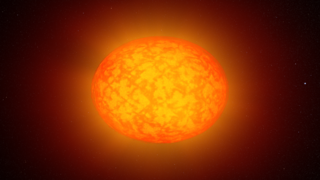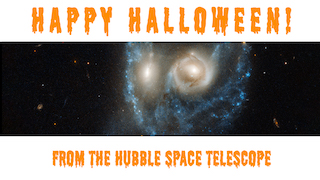Universe
ID: 12944
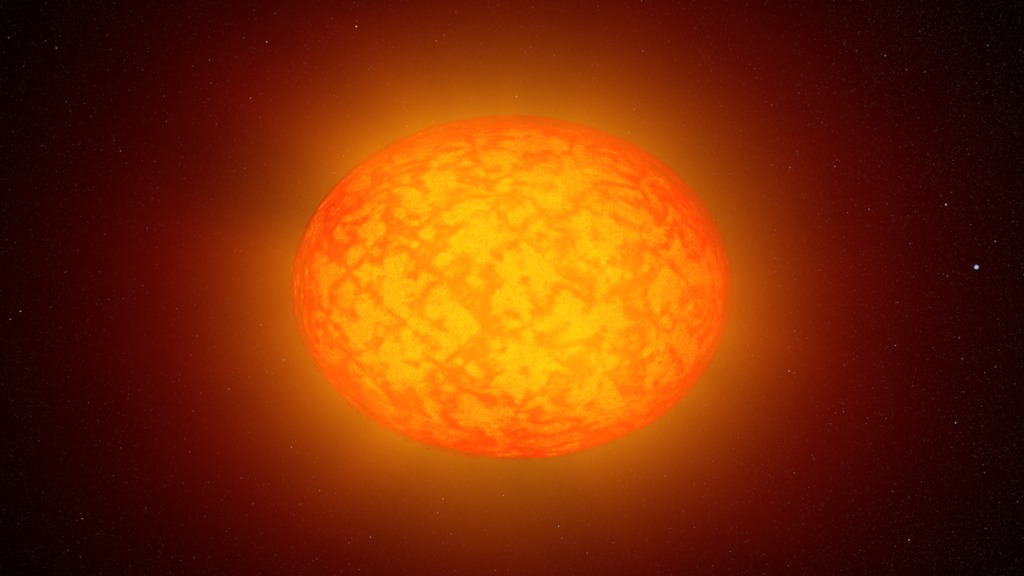
What happens when a star spins really rapidly? Its spherical shape can squash into the shape of a pumpkin. The rapid rotation is thought to be caused by the merging of two binary stars into one. Astronomers using observations from NASA's Kepler and Swift missions discovered a batch of 18 of these rapidly spinning stars by detecting X-rays they produce at more than 100 times the peak levels ever seen from the Sun. These rare stars were found as part of an X-ray survey of the original Kepler field of view, a patch of the sky comprising parts of the constellations Cygnus and Lyra. From May 2009 to May 2013, Kepler measured the brightness of more than 150,000 stars in this region to detect the regular dimming from planets passing in front of their host stars. These stars rotate every few days, while our own Sun takes an entire month to complete one rotation, and the rapid spinning drives increased levels of stellar activity such as starspots, flares and prominences, which generate X-rays. The most intense X-ray emission comes from an orange giant named KSw 71. This red giant is more than 10 times larger than our sun, and it rotates fully in just 5.5 days. Watch the video to learn more.
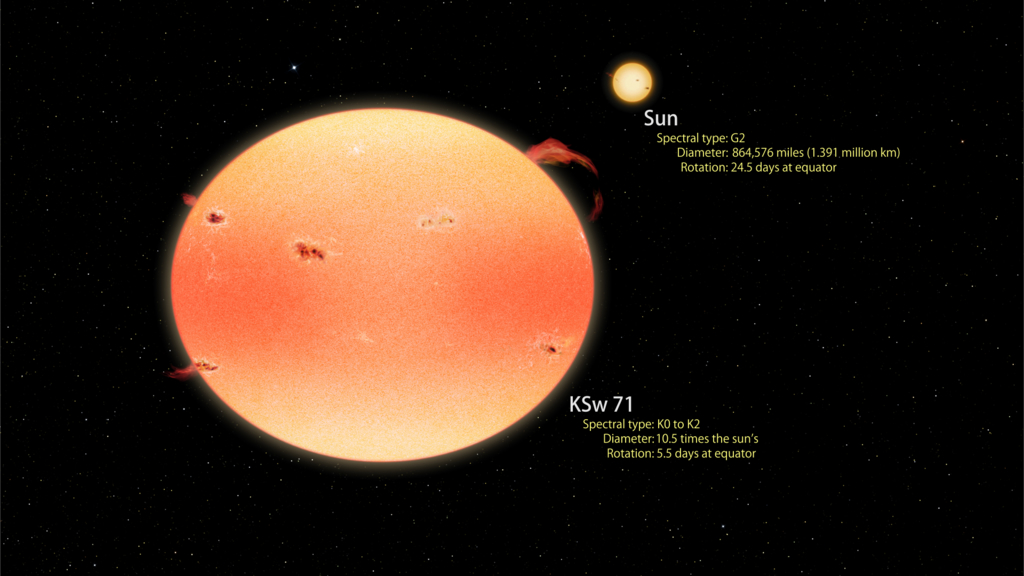
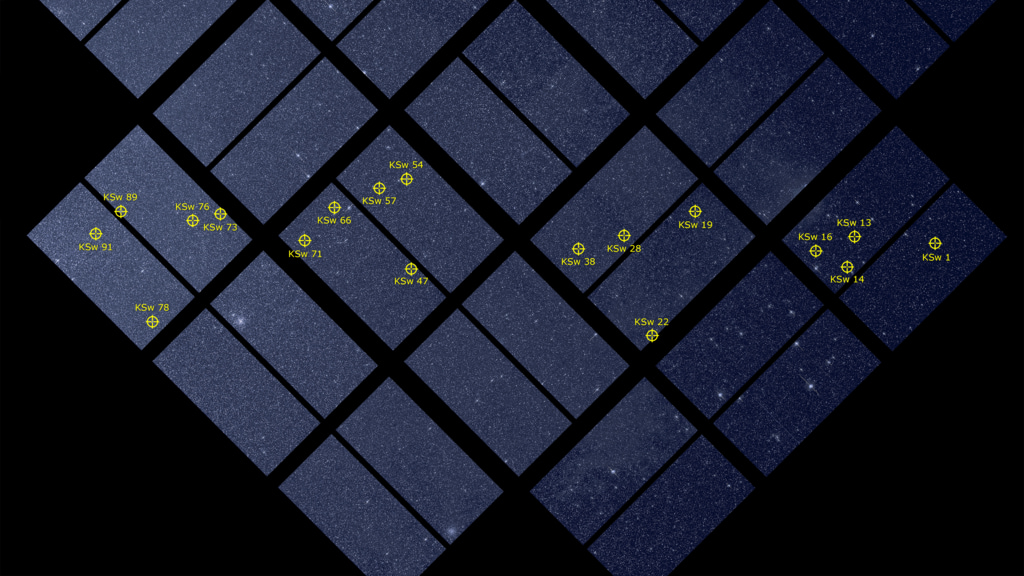

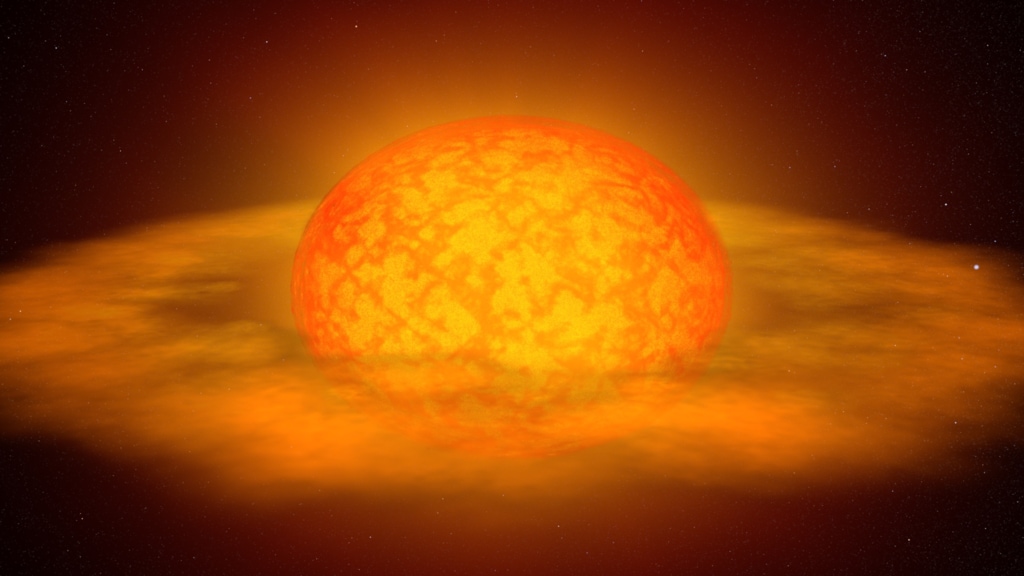
Pumpkin Stars





Source Material
Related Story
For More Information
Story Credits
Lead Visualizer/Animator:
Scott Wiessinger (USRA)
Lead Producer:
Scott Wiessinger (USRA)
Lead Writer:
Francis Reddy (University of Maryland College Park)
Scott Wiessinger (USRA)
Lead Producer:
Scott Wiessinger (USRA)
Lead Writer:
Francis Reddy (University of Maryland College Park)
Please give credit for this item to:
NASA's Scientific Visualization Studio
NASA's Scientific Visualization Studio
Short URL to share this page:
https://svs.gsfc.nasa.gov/12944
Keywords:
SVS >> HDTV
SVS >> Astrophysics
SVS >> App
NASA Science >> Universe
https://svs.gsfc.nasa.gov/12944
Keywords:
SVS >> HDTV
SVS >> Astrophysics
SVS >> App
NASA Science >> Universe
